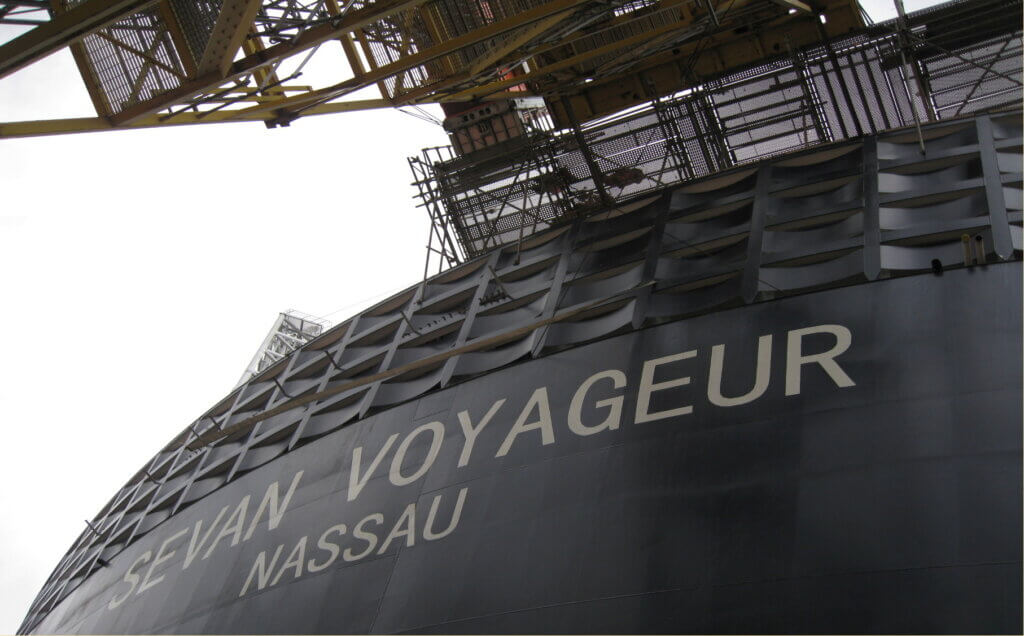Introduction
A surge analysis and static stress analysis were necessitated for an FRP ballast water system following a prior incident to prevent its recurrence.
The ballast system’s function was to redistribute water among compartments to balance oil storage.
Analysis
One of the main objectives of the surge analysis was the determination of the unbalanced forces and the maximum and minimum pressure levels during the several upset scenarios that were reviewed. The upset scenarios that were analyzed were:
- Scenario 1 – Ballasting a ballast tank
- Scenario 2 – Ballast transfer
- Scenario 3 – Closing ballast tank valve
- Scenario 4 – De-ballasting a ballast tank
- Scenario 5 – Pump trip

Static Stress Analysis
A static stress analysis was conducted to assess the system’s design compliance with allowable stress values specified in the code.
Results
Surge analysis
The analysis results clearly showed that valve closures with a high closure rate at the end of the closure curve and valves with a large initial opening rate for the present system could cause the maximum surge pressures to exceed the maximum allowed pressure for the system.
“The analysis aimed to avoid incidents as we have had with previous vessels.”
Static stress analysis
The lack of flexibility in the layout of the ballast system was a fundamental issue and was the cause of the stress-related problems. It was difficult to solve this issue by the application of reinforcement only. The first-order effect of introducing reinforcement is an increase in stiffness and hence an increase in loads. A solution to the problem was to introduce more flexibility in the system.
The assessment against the non-factored long-term allowable stress envelope revealed that a lot of elements had to cope with stresses exceeding the allowable envelope. The system stresses also were compared to the idealized short-term failure stress envelope. However, it was determined that there was no risk of an immediate failure.

